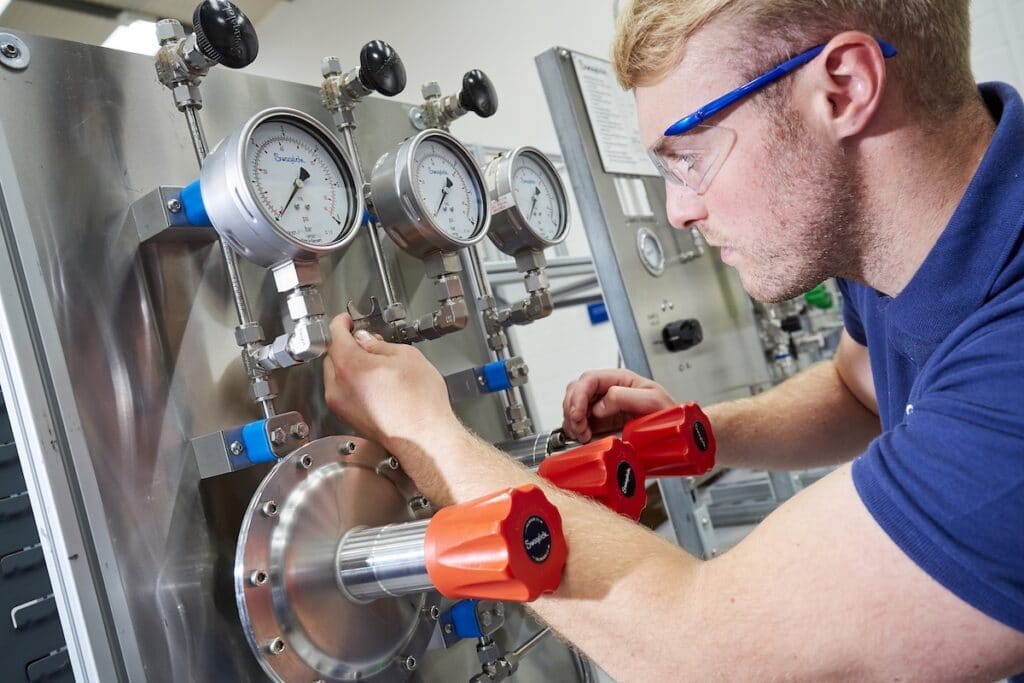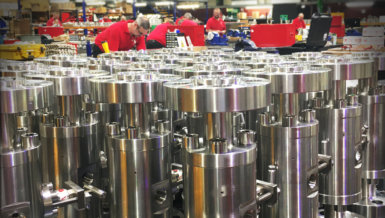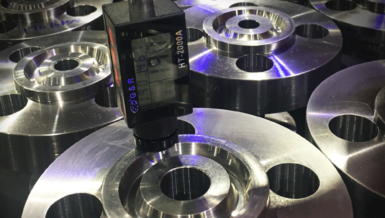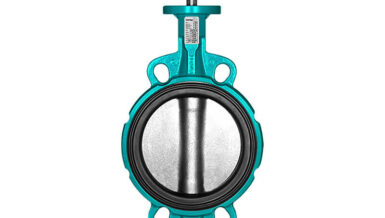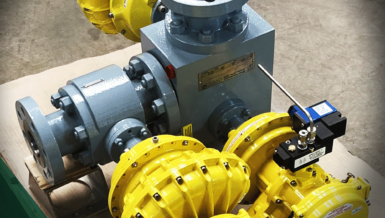To make the optimal valve choice, try following the STAMPED method, which accounts for Size, Temperature, Application, Media, Pressure, Ends (or fittings), and Delivery. Considering each variable will help you make the right selection (Figure 1).
S: Size
A valve’s size determines its flow capacity, which needs to correspond to the desired (or required) flow rate of the system. Look to the valve’s flow coefficient (Cv) – the relationship between the pressure drop across a valve and the corresponding flow rate – to determine its suitability.
Factors influencing a valve’s Cv include the size and geometry of the flow path, with larger orifices having greater flow capacities. The valve’s design and operation when actuated also influence the Cv; for example, a ball valve will offer minimal flow resistance, but a needle valve can restrict or slow down the flow.
When in doubt about how to appropriately size a valve, consult your manufacturer. Your representative can provide advice and may offer a handy Cv calculator to narrow down valve options.
T: Temperature
Both the temperature of the system media running through a valve and the ambient operating temperature of the surrounding environment are important factors in valve selection. Whether the temperatures will be constant or change frequently will also influence your valve selection, as temperature fluctuations may cause sealing materials to expand and contract.
Above all else, check with your manufacturer to confirm a valve has been fully tested at temperature and pressure extremes. Metallic components can lose strength at higher temperatures, reducing their pressure ratings. So be sure your selected valve meets the application needs.
A: Application
What a valve needs to do will certainly guide your selection. Take note of the following typical valve functions to narrow down your options:
- Ball valves provide leak-tight on/off shutoff.
- Check valves allow fluids to flow in one direction only to control backflow.
- Diaphragm valves provide effective shutoff, particularly in high-purity and ultrahigh-purity applications.
- Needle valves control flow in general- and severe-service applications.
- Relief valves provide simple, reliable overpressure protection.
- Rising plug valves lift a plug out of the flow path to achieve full flow.
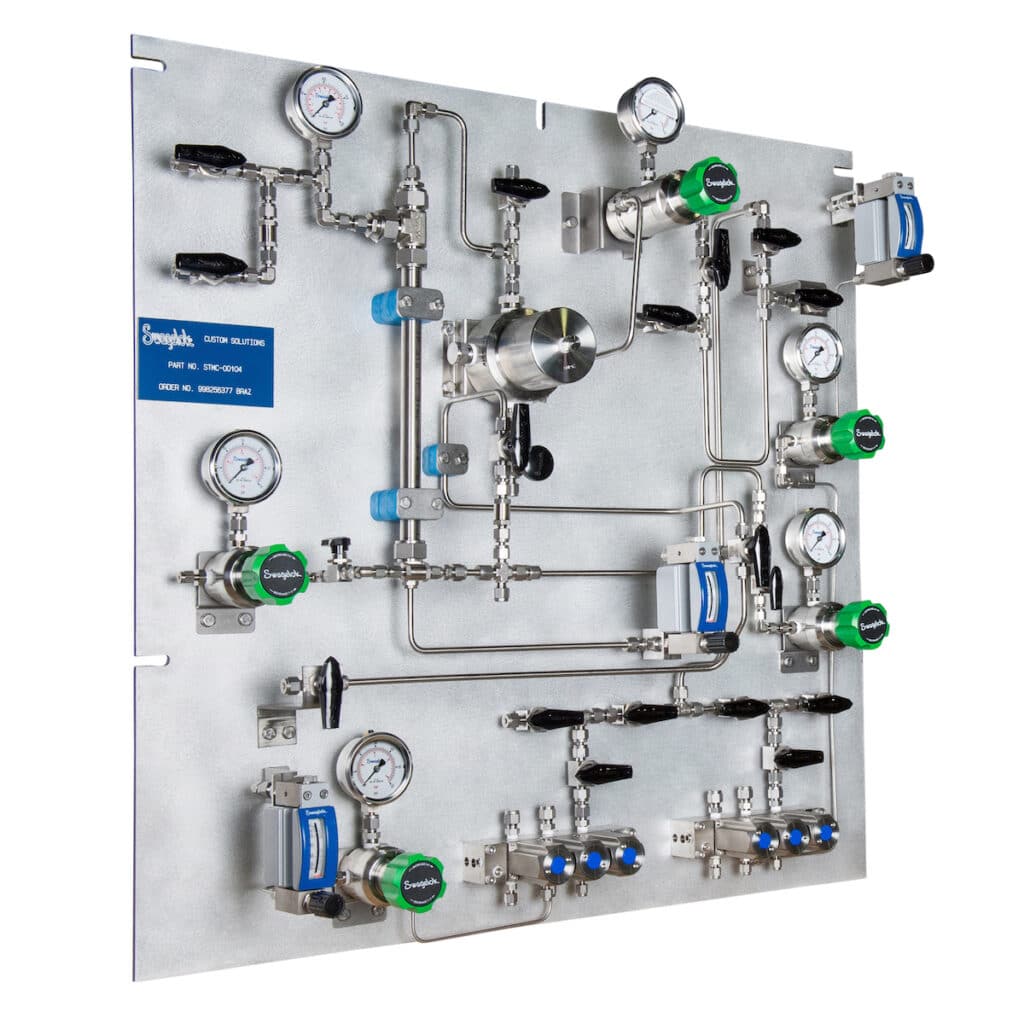
Figure 1: Following the STAMPED method can help you select optimal valves for a wide array of fluid systems and panels. 
Figure 2: Materials of construction for valve bodies, seats, stem tips, and other softer materials must be compatible with the system media.
M: Media
Carefully consider the system media when selecting a valve, as the materials that make up valve bodies, seats, stem tips, and other softer materials must be compatible with that fluid (Figure 2). If not, corrosion, embrittlement, and/or stress corrosion cracking may occur, creating safety risks and potential production issues.
The valve’s operating environment also matters when determining suitable materials of construction. The valve may face increased temperatures inside a heated instrument enclosure or dramatic temperature fluctuations. It may need to endure exposures to direct sunlight, rain, snow, frost, and ice. It may operate in a marine environment with significant exposure to chlorides. Choose valves that are best suited to these conditions to promote longer service lives and better functionality.
P: Pressure
Any selected valve needs to hold pressure and operate when needed under a wide range of temperatures and pressures. A fluid system’s pressure limitation is based on its lowest-rated component. Remember this when selecting valves. Also, note the difference between the terms “working pressure,” which is the system’s normal operating pressure, and “design pressure,” which is a valve’s maximum pressure limit. The working pressure should never exceed the design pressure of any selected fluid system component (Figure 3).
E: End Connections
Selecting proper valve end connections is critical to maintaining leak-tight systems (Figure 4). Such end connections include integral tube fittings, pipe threads, pipe flanges, welded ends, and more. These connections must be sized correctly and appropriately rated for the system’s operating pressure and temperature. Choosing the right end connection can simplify installation and avoid additional leak points.

Figure 3: A system’s working pressure should never exceed the design pressure of any fluid system component. 
Figure 4: Choosing the right end connections can simplify and accelerate installations, while also promoting leak-tight operation.
D: Delivery
The final selection consideration is not related to choosing the valve itself, but rather how you go about getting your hands on that valve when you need it. On-time delivery and reliable supply are just as important to keeping your fluid system operational and efficient as having the right valve. Therefore, be sure to vet your suppliers to ensure they can get you the parts you need when you need them. Also, ensure representatives are accessible and able to work with you to understand your system needs. Having a supplier with new valves and replacements that are readily available will help you ensure greater system uptime.




